Antlered flutter flies, scientifically known as Toxonevra superba, are among the most fascinating species of flutter flies. With their distinct antler-like structures, they stand out in the diverse world of winged insects. This article delves into the characteristics, habitat, behavior, and lifecycle of antlered flutter flies, providing insights into why they are a unique and captivating part of the insect kingdom.
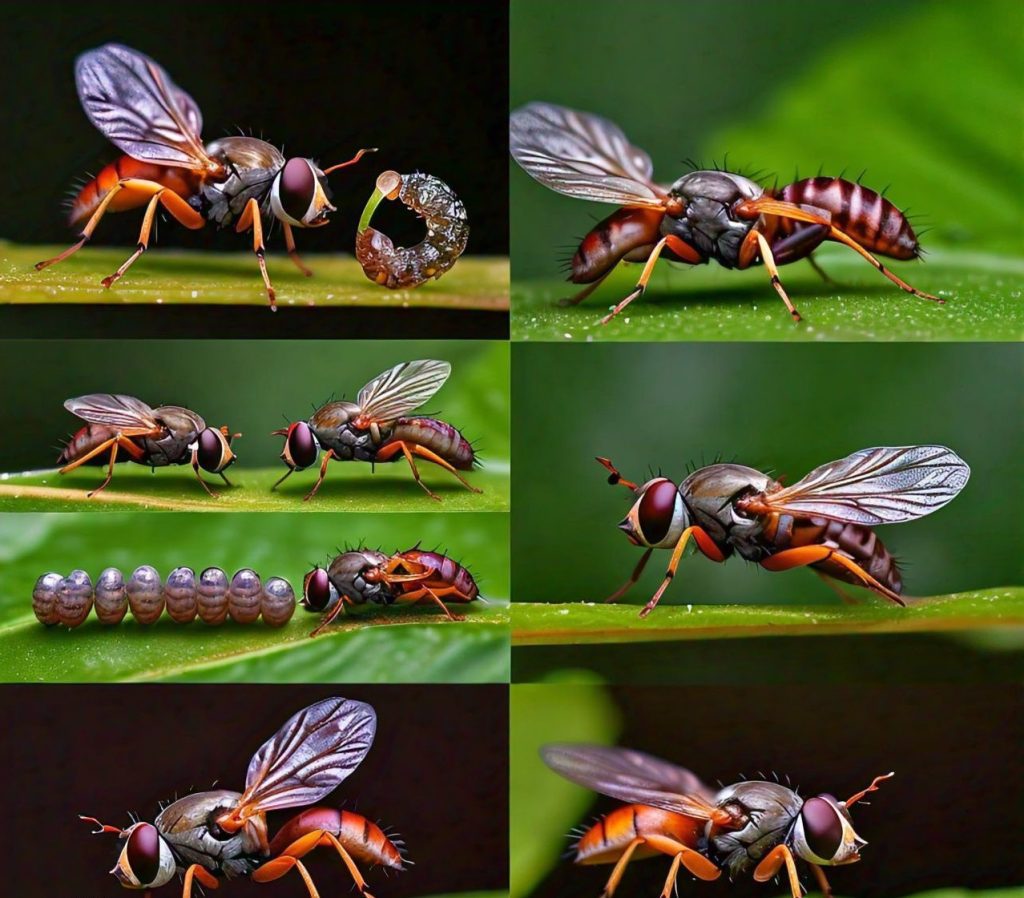
What Are Antlered Flutter Flies?
Antlered flutter flies, or Toxonevra superba, are a species of flutter flies distinguished by their unique antler-like appendages. These structures, which resemble tiny antlers, are not just for show—they serve important functions in communication, navigation, and mating. Flutter flies, including this species, are often found in forested areas where decaying organic matter is abundant.
Unique Traits of Antlered Flutter Flies:
The antler-like structures on the heads of Toxonevra superba are their most defining feature. These “antlers” are actually specialized sensory organs that help them detect environmental cues. Additionally, their wings, often adorned with spots, add to their distinctive appearance. These unique traits make antlered flutter flies stand out among other species of flutter flies.
Antlered Flutter Fly Habitat:
Antlered flutter flies thrive in moist, forested environments where they can easily find decaying organic matter to feed on. These habitats provide the perfect conditions for their larvae to develop and mature. The preservation of these natural habitats is crucial for the survival of this species, especially in the face of increasing habitat destruction due to human activities.
Life Cycle of Antlered Flutter Flies:
The life cycle of antlered flutter flies begins when the female lays her eggs in decaying organic matter. The larvae, often referred to as maggots, feed on this material as they grow. After several weeks, the larvae pupate, and adult flies emerge with their characteristic antler-like structures. The entire lifecycle of Toxonevra superba can vary depending on environmental conditions but generally spans several weeks.
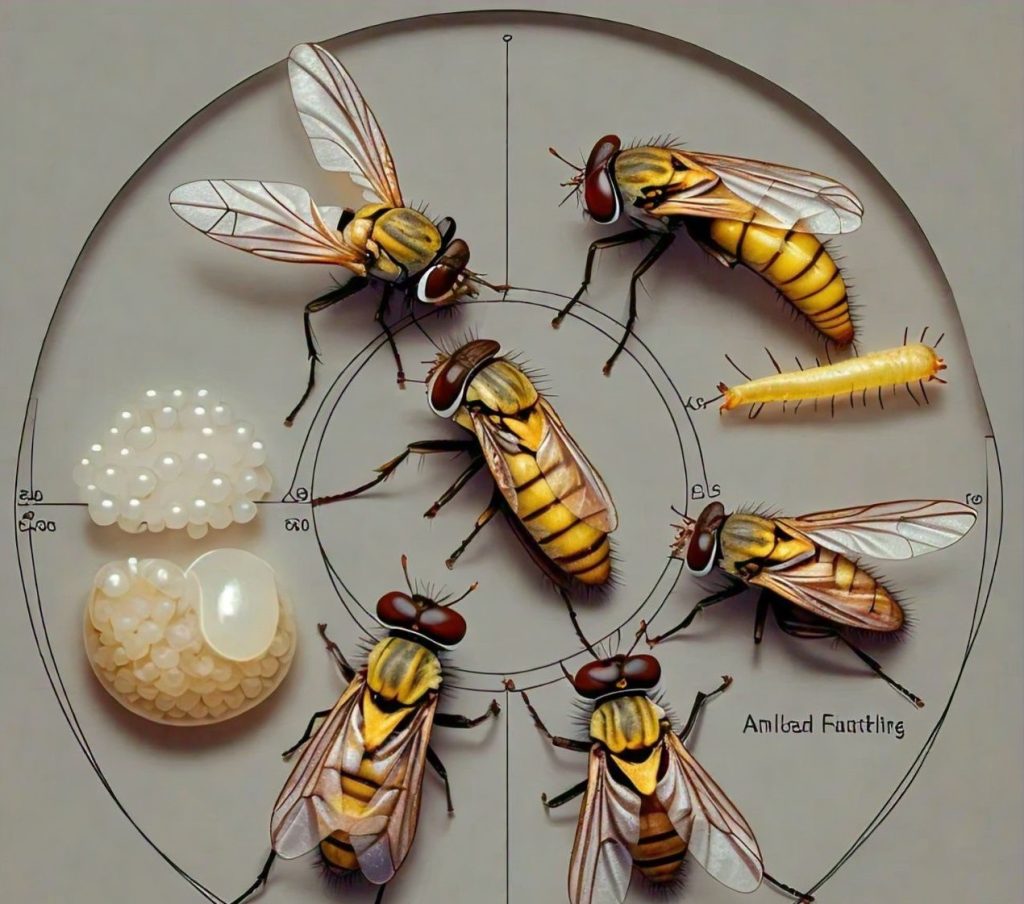
Behavior of Antlered Flutter Flies:
The behavior of antlered flutter flies is particularly interesting during mating season. Males use their antler-like structures in elaborate courtship displays to attract females. These displays, which include intricate movements and pheromone release, are a key part of their mating rituals. Outside of mating season, these flies are typically solitary, focusing on feeding and survival.
Identification of Antlered Flutter Flies:
Identifying antlered flutter flies is straightforward due to their distinct characteristics. The antler-like structures on their heads are the most noticeable feature, but their wing patterns and small size also help distinguish them from other flutter fly species. Field guides and online resources, such as insect identification websites, provide detailed descriptions and images for those interested in identifying these unique flies.
Predators and Ecosystem Role:
Antlered flutter flies play a vital role in the ecosystem by helping to decompose decaying organic matter. However, they are also prey for various predators, including birds, spiders, and larger insects. Understanding their place in the food chain is important for conservation efforts, as it highlights the need to protect both the flies and their natural habitats.
Conservation of Antlered Flutter Flies:
As with many species, the conservation of antlered flutter flies is becoming increasingly important. Protecting their forested habitats and ensuring the availability of decaying organic matter are crucial steps in preserving their populations. Conservationists and researchers are working to better understand the life cycle and habitat needs of Toxonevra superba to develop effective conservation strategies.
Flutter Fly Species Comparison:
While antlered flutter flies are unique, they share similarities with other flutter fly species. However, the antler-like structures set them apart, both in appearance and behavior. Comparative studies between Toxonevra superba and other flutter flies reveal differences in their mating rituals, feeding habits, and habitat preferences, offering deeper insights into the diversity of flutter fly species.
Antlered Flutter Fly Migration and Mating:
Migration is not a significant part of the antlered flutter fly’s behavior, as they tend to stay within their established habitats. During mating season, however, these flies may travel short distances to find suitable mates. Their mating rituals involve the use of their antler-like structures and the release of pheromones to attract potential partners.
Are Antlered Flutter Flies Dangerous?
Despite their unique and somewhat intimidating appearance, antlered flutter flies pose no danger to humans. They do not bite or sting and primarily feed on decaying organic matter. However, their larvae, which resemble maggots, can sometimes be mistaken for pests. Educating the public about the harmless nature of these flies can help reduce unnecessary fear and promote their conservation.
The Role of Antlered Flutter Fly Larvae:
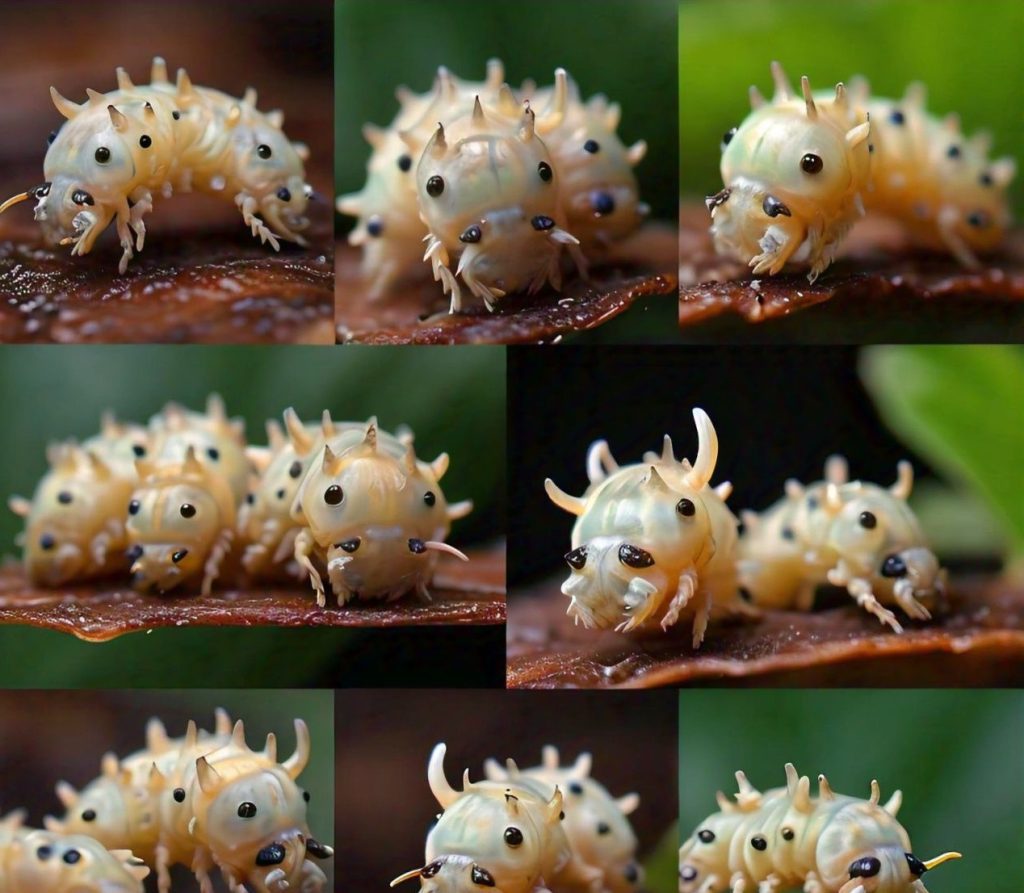
The larvae of antlered flutter flies are crucial to the decomposition process in their ecosystems. Found in decaying organic matter, these larvae play an essential role in breaking down and recycling nutrients. Understanding the life cycle and development of these larvae is important for both conservation efforts and pest management strategies.
Conclusion:
Antlered flutter flies, particularly Toxonevra superba, are a remarkable species with unique characteristics that set them apart from other flutter flies. Their role in the ecosystem, along with their fascinating behavior and life cycle, make them a species worth studying and conserving. By protecting their natural habitats and understanding their needs, we can ensure that these intriguing insects continue to thrive in the wild.
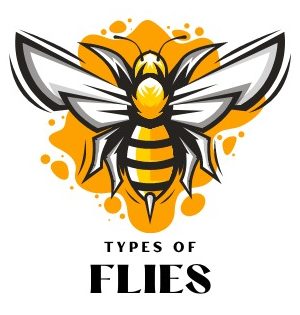
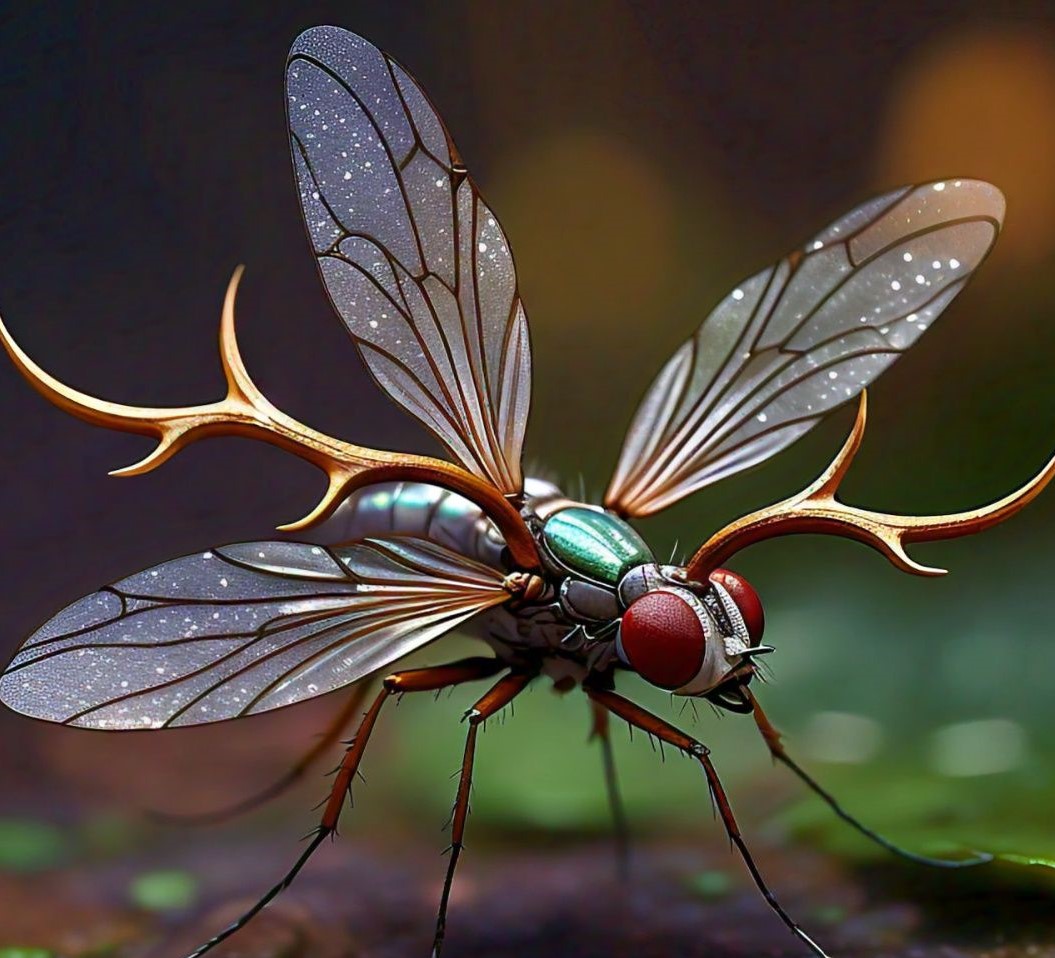
[…] the presence of drain flies in your home is crucial for preventing any potential health risks. Common signs include seeing small, moth-like […]
Fascinating read! The concept of antlered flutter flies adds a unique twist to the world of insects – very intriguing